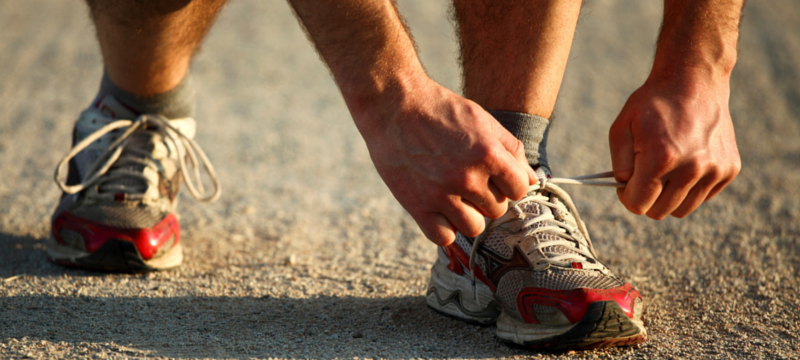Guest post by Pediatric Cardiologists from Pediatrix Cardiology, an affiliate of MEDNAX.
Although sudden death in children and adolescents is rare, it often makes headlines. Approximately 25% of cases occur during sports and, in the majority of cases, the victim had underlying heart disease. The unexpected death of a teen, especially an athlete – someone we perceive as “healthy” – is alarming, coupled with the fact that in most cases, the athlete never showed any signs.But there’s good news. Education is your best defense. You can take steps to help protect your young athlete. Here’s how:
Watch for symptoms. Symptoms like dizziness, fainting, chest pain, palpitations, or difficult or labored breathing, which may occur with or without exercise, should be evaluated by your child’s pediatrician.
Encourage your child to speak up. It is often an athlete’s mentality to “tough it out.” Make sure your child knows it is not a sign of weakness to speak up and that it’s important to communicate with you if he or she isn’t feeling well. If coaches and teammates are supportive and adopt the same approach, it will benefit the whole team.
Know your family history. If anyone in your family has experienced congenital heart disease or sudden death, share the information with your child’s pediatrician. No detail is too small.
Find out if your child’s sports program or sporting venue has an automated external defibrillator (AED) available. No clinical training is required to use an AED. In cases of sudden cardiac arrest, the first shock should be administered in less than 3-5 minutes from the time of a collapse. It may take emergency responders more time than that to arrive. It is estimated that initiating CPR early and the availability of AEDs could prevent a quarter of sudden deaths in the pediatric population.
Get training. The American Red Cross and the American Heart Association offer training in CPR, AEDs, first aid and as the basics of cardiac arrest. Sign up for a class and encourage other parents to do as well.
Ask your pediatrician if your child needs to see a pediatric cardiologist. A pediatric cardiologist can do a more in depth assessment of your child’s heart and may conduct an EKG and/or echocardiogram to help determine if your child is at risk. If your child is at risk, the pediatric cardiologist will recommend a course of action.
A child may be referred to a pediatric cardiologist for a variety of reasons, including:
- Symptoms: Dizziness, fainting, chest pain, palpitations, or difficult or labored breathing
- Physical exam findings: heart murmur or click, high blood pressure, bluish discoloration of the skin
- Suspected electrical abnormalities: bradycardia (slow heart rate), tachycardia (fast heart rate), irregular heartbeat
- Lab results: high cholesterol or triglycerides
- Presence of another disease or condition: For example, suspected or established neuromuscular/metabolic disorders, Marfan syndrome
It’s important to remember that sudden cardiac death in athletes is rare. You don’t need to sideline your child, but you can advocate on your child’s behalf and ensure appropriate precautions are taken.
